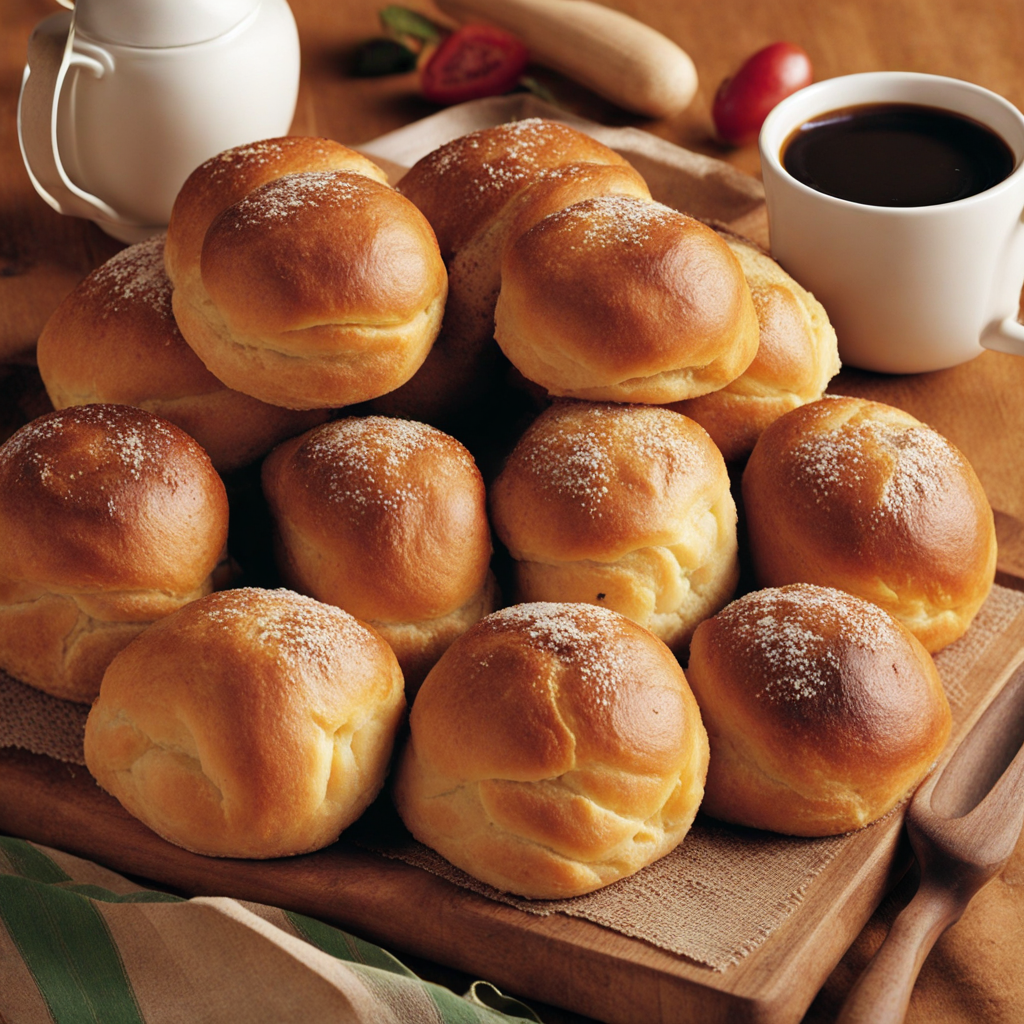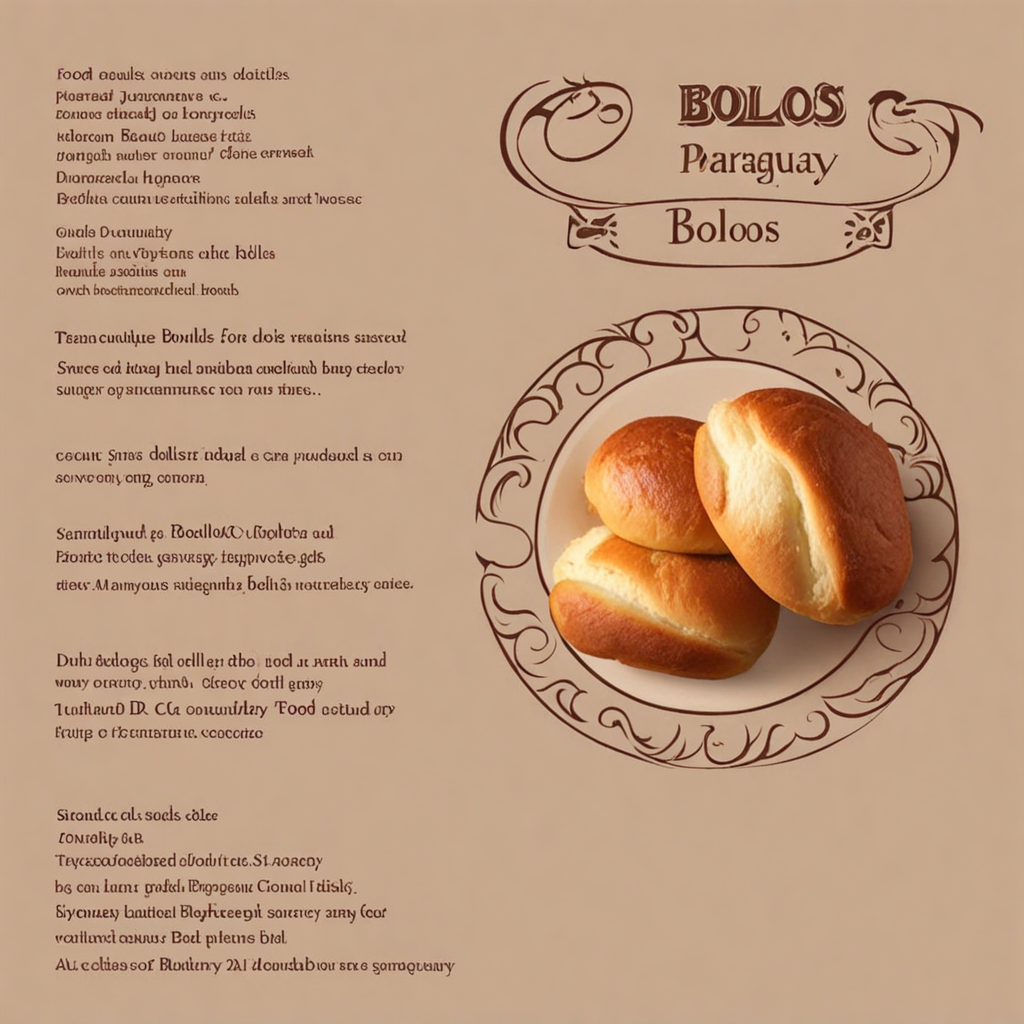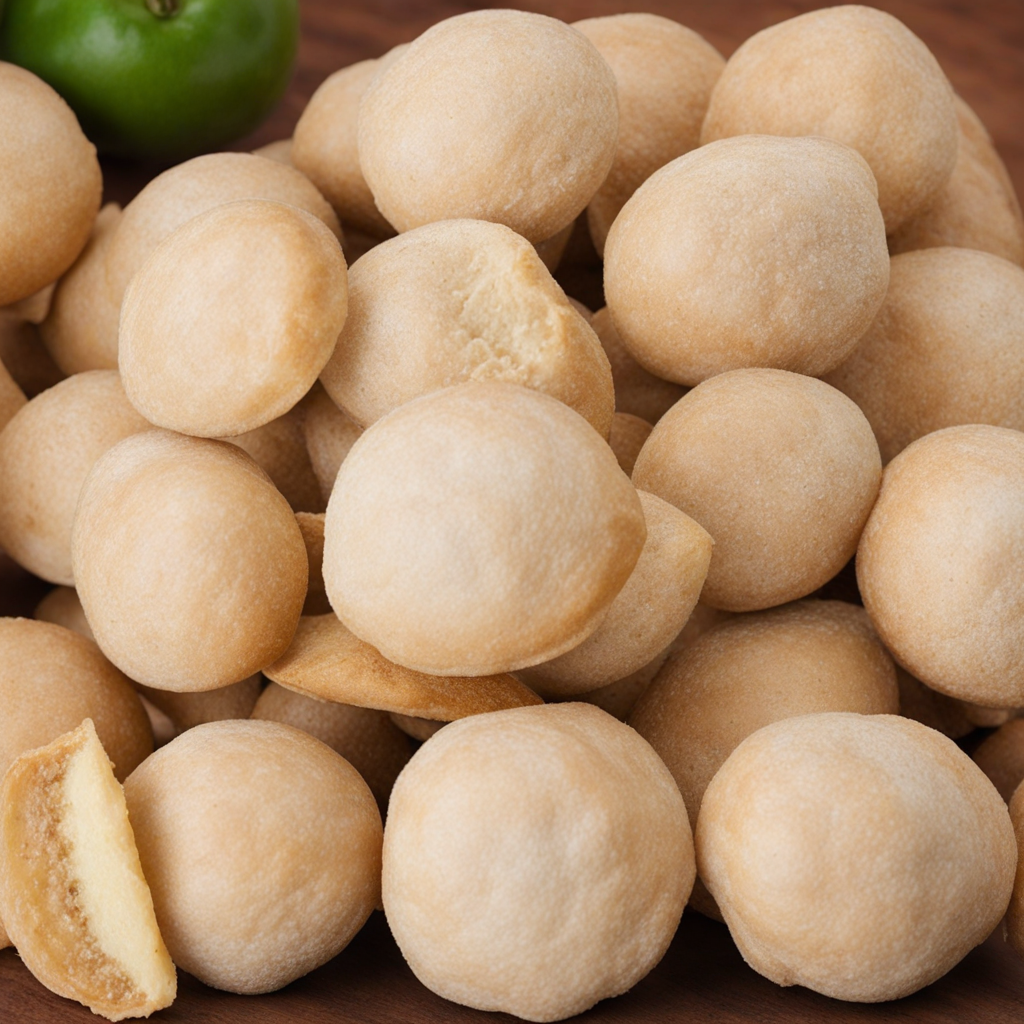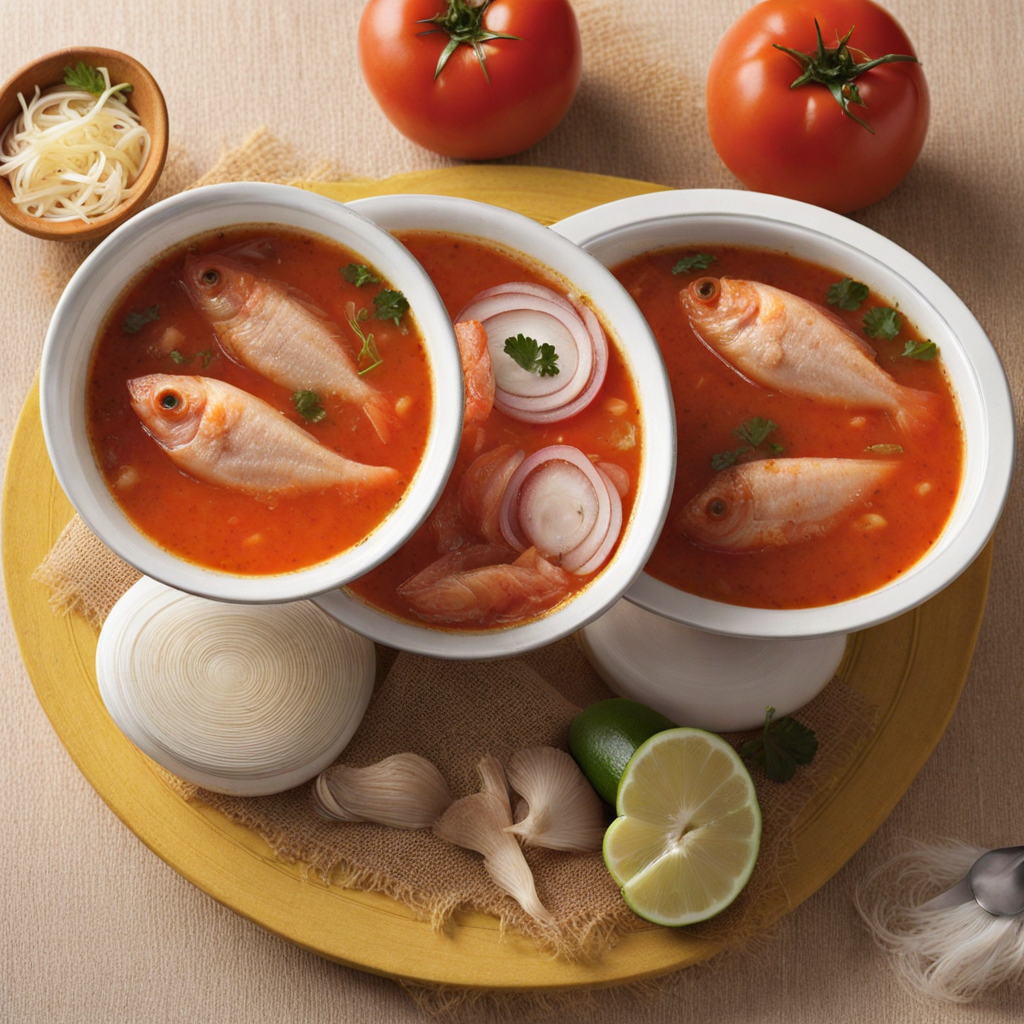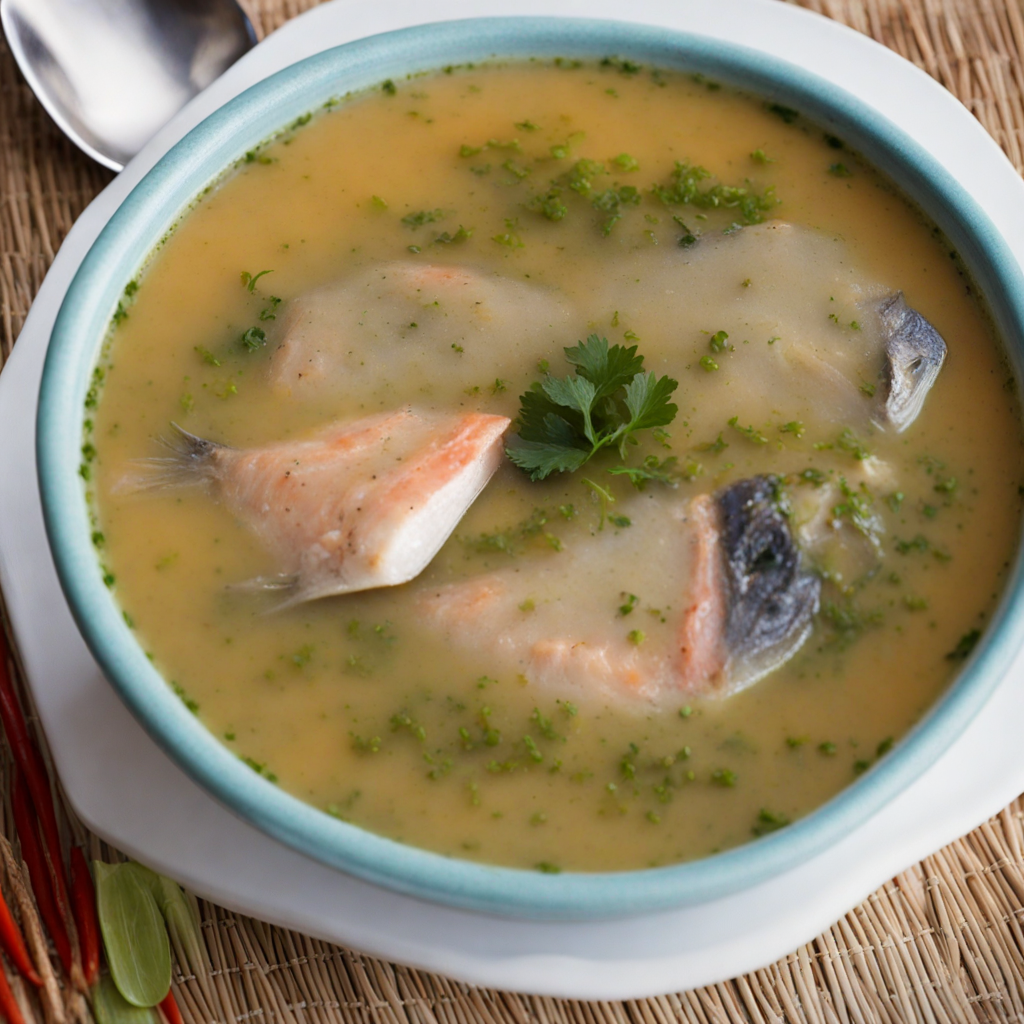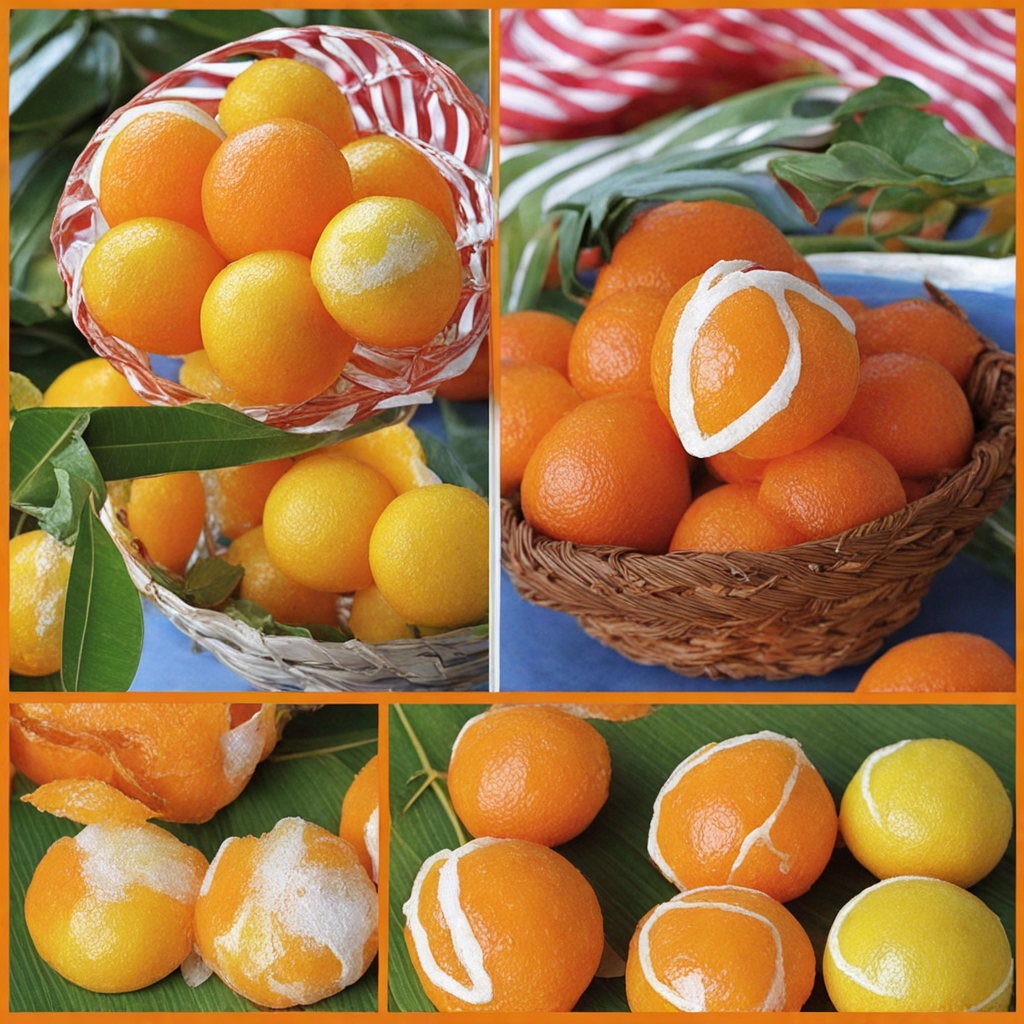Bollos
Bollos are a delightful Paraguayan dish that showcases the country's rich culinary heritage. These small, round pastries are made primarily from corn flour, which is a staple ingredient in many traditional Paraguayan recipes. The dough is often enriched with milk, cheese, and sometimes eggs, giving Bollos a slightly sweet and savory flavor profile. The result is a soft, fluffy texture that melts in your mouth, making them an irresistible treat for anyone looking to explore the flavors of Paraguay. In their most common form, Bollos are typically steamed or boiled, which enhances their moistness and ensures they are tender. They can be enjoyed on their own or served alongside various accompaniments, such as grilled meats or salsas, enhancing their versatility. Some variations include fillings of cheese or seasoned meat, which add an extra layer of flavor and heartiness to the dish. The balance of flavors in Bollos makes them a beloved snack or side dish, perfect for any occasion. Beyond their delightful taste and texture, Bollos also hold cultural significance in Paraguay. They are often enjoyed during family gatherings, celebrations, and festivals, symbolizing togetherness and tradition. As you take your first bite of a Bolo, you not only savor the unique flavors but also partake in a piece of Paraguayan history, making this dish a wonderful choice for those seeking to expand their culinary horizons.
How It Became This Dish
The History of Bollos: A Culinary Tradition from Paraguay Bollos, a cherished culinary staple in Paraguay, embody not only the flavors of the region but also the rich tapestry of its cultural heritage. These delightful corn-based treats, often served warm and accompanied by various fillings or toppings, offer a glimpse into the history and traditions of the Paraguayan people. #### Origins of Bollos The roots of bollos can be traced back to the indigenous Guarani people, who inhabited the region long before the arrival of Europeans in the 16th century. Corn, or maize, was a vital crop for the Guarani, serving as a staple food source that shaped their diet and cultural practices. The Guarani utilized maize in a variety of preparations, including a traditional form of tamale known as "bori bori," which shares similarities with bollos. The term "bollo" itself is derived from the Spanish word "bola," meaning "ball," a reference to the round shape of the food. As Spanish colonizers arrived in Paraguay, they encountered the Guarani and adopted some of their culinary techniques and ingredients into their own cuisine. This cross-cultural exchange laid the groundwork for the development of bollos as we know them today. #### Cultural Significance Bollos are more than just a food item in Paraguay; they are a symbol of national identity and community. They are often prepared during significant cultural events, such as festivals, family gatherings, and religious celebrations. The process of making bollos is typically a communal activity, bringing families and friends together to share in the experience of cooking and enjoying food. In Paraguayan cuisine, bollos are often served alongside dishes like "asado" (grilled meat) or "sopa paraguaya" (a cornbread-like dish), highlighting their versatility. The fillings can vary widely, with options ranging from cheese and meats to sweet fillings like fruits or dulce de leche, showcasing the creative spirit of Paraguayan cooks. Beyond their role in daily meals and celebrations, bollos also hold a place in the spiritual life of the Paraguayan people. They are often offered in traditional rituals, signifying gratitude and connection to the earth and its bounty. This deep-rooted cultural significance has allowed bollos to endure through generations, preserving the traditions of the Guarani and the influences of Spanish colonialism. #### Development Over Time As Paraguay evolved through the centuries, so too did the preparation and presentation of bollos. In the 19th century, during the War of the Triple Alliance (1864-1870), food scarcity became a pressing issue. Bollos, made from easily accessible corn, emerged as a practical solution for feeding families and soldiers. Their simplicity and adaptability made them a staple in the wartime diet, reinforcing their significance in Paraguayan culture. In the years following the war, the revival of agricultural practices and the reestablishment of communities allowed for the continued growth of corn production. As the country rebuilt, so did its culinary traditions. Bollos began to take on new forms and flavors, influenced by both local ingredients and international culinary trends. For instance, the introduction of dairy farming led to the incorporation of cheese into bollos, creating a deliciously rich variation that is still popular today. The 20th century saw the rise of urbanization in Paraguay, with many people moving from rural areas to cities in search of better opportunities. This shift brought about changes in food consumption patterns. While traditional recipes for bollos remained, urban dwellers began to adapt them for modern tastes and lifestyles. Street vendors emerged as key figures in the dissemination of bollos, providing quick and convenient access to this beloved food for busy city dwellers. #### Modern Day Bollos Today, bollos continue to be a staple in Paraguayan households and are celebrated at festivals such as the "Fiesta Nacional del Asado" and the "Fiesta de la Comida Paraguaya." These events often feature cooking competitions, where chefs showcase their unique takes on traditional recipes, further enriching the culinary landscape of bollos. Furthermore, the globalization of food culture has allowed for the introduction of bollos to international audiences. In recent years, Paraguayan expatriates have shared their culinary heritage with communities around the world, leading to the emergence of restaurants and food trucks that specialize in Paraguayan cuisine. This has sparked interest in bollos beyond Paraguay, inviting food enthusiasts to explore the flavors and stories behind this traditional dish. In addition to the traditional preparations, contemporary chefs are experimenting with bollos, incorporating international flavors and techniques. This fusion has resulted in innovative variations of bollos, such as those filled with non-traditional ingredients like smoked meats, vegetables, or even international spices. While these adaptations may diverge from the classic recipes, they reflect the dynamic nature of culinary traditions, showcasing how food can evolve while still honoring its roots. #### Conclusion Bollos are more than just a food item in Paraguay; they represent a rich history filled with cultural significance, resilience, and community. From their origins with the indigenous Guarani people to their place in modern Paraguayan cuisine, bollos embody the spirit of a nation that cherishes its culinary heritage. As they continue to adapt and thrive in contemporary settings, these delightful corn-based treats serve as a delicious reminder of Paraguay's vibrant past and its ever-evolving culinary future. Through each bite, one can taste not only the flavors of the ingredients but also the stories of the people who have made bollos an enduring symbol of their culture.
You may like
Discover local flavors from Paraguay


